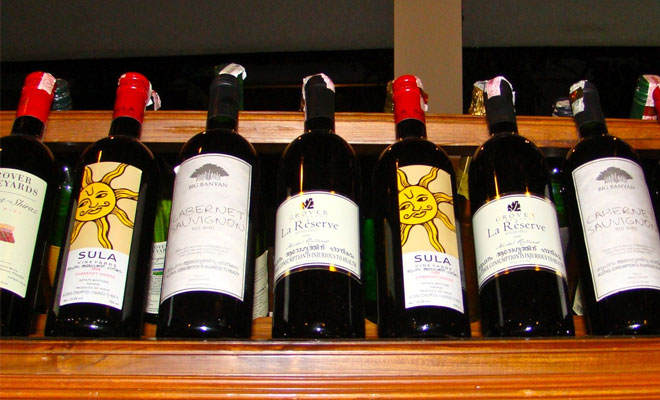 Imphal, Jul 11 :
The Government in Manipur has been organizing several skill development
programmes for artisans to give a boost to handloom production.
Imphal, Jul 11 :
The Government in Manipur has been organizing several skill development
programmes for artisans to give a boost to handloom production.Fashion shows also held regularly to promote the handloom sector.
Twenty artisans from Manipur have come to Power Loom and Allied Service Centre at Takyel Industrial Estate in Imphal to receive skill development training.
The centre opened under the Directorate of Commerce and industries with an aim to equip the rural artisans with modern technology.
It expects to enhance the productivity with the use of technology.
The center also plans to provide loom sets, incentives and marketing assistance to those who accomplish the training.
" The artisans are being provided two month training in batches of 20 each. The power loom and allied service center is organizing this 5 year long programme under which every two months 20 artisans will be trained. If this programme is continued, it will give a great boost to the sector," said M Khomeiton DevI, Industry Supervisor, Directorate of Commerce and Industries
Manipur currently occupies the third position in the country in terms of handloom productivity.
The state hopes to reach the top through such skill development programmes and by providing other incentives, including high-quality fabric and weaving tools and machinery to the artisans.
"The power loom is advanced. We can finish a lot of work quickly. This will be very beneficial for us," said Bebika Devi, a trainee.
"This training is very good for us. I have got to learn a lot and have got to know many new techniques. If the government didn't provide such training to us, I wouldn't have been able to learn all these things," added Premabati Devi, another trainee.
Handloom has also become a favorite of many fashion designers.
Recently, a fashion extravaganza was held in Imphal with an aim to promote handloom products.
The models walked down the ramp, displaying the traditional attires of different tribes like Anal, Hmar, Kuki and Zeliangrong.
Ethnic garments like phanek or wrap around and sarees were also showcased. A special fashion show for kids was also organized.
The event provided a great opportunity to the local weavers and designers to present their handloom products before the public.
" Many people don't know about our handloom products and its production technique. So, I want to promote handloom products and want people to know its value. It inspires me to organize this fashion show," said Ruchida Leima, an organiser.
" We want to promote handloom products from Manipur through a fashion show. It will help people from outside to get awareness about the products," said John Singh, a model.
A large number of people in rural Manipur and other northeastern states are engaged in weaving and craftwork.
Promotion of the sector through fashion shows will help to provide exposure to their intricate work.














